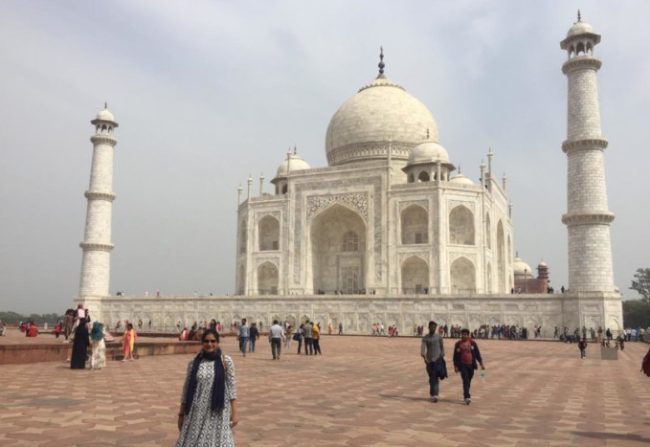Taj Mahal: The Symbol of Love and Architectural Mastery

The Taj Mahal, one of the most iconic landmarks in the world, continues to capture the imagination of millions with its unparalleled beauty and historical significance. As the 17th-century mausoleum approaches its 400th anniversary, efforts to preserve this architectural masterpiece are at the forefront of both national and international conservation initiatives.
Constructed between 1632 and 1653 by Mughal Emperor Shah Jahan in memory of his beloved wife Mumtaz Mahal, the Taj Mahal is renowned for its exquisite white marble architecture and intricate inlay work. Located in Agra, Uttar Pradesh, India, the mausoleum is a UNESCO World Heritage Site and is often hailed as a symbol of eternal love and a pinnacle of Mughal architecture.

In recent years, the Taj Mahal has faced a range of challenges, from environmental pollution to structural wear. To address these issues, the Indian government, in collaboration with international experts, has undertaken several initiatives to ensure the monument’s preservation.
The Taj Mahal is not only a historical treasure but also a significant economic asset for India. It attracts millions of tourists each year, contributing substantially to the local and national economy. Its status as one of the New7Wonders of the World further enhances its global significance.
As the Taj Mahal approaches its 400th anniversary in 2053, continued vigilance and innovative conservation techniques will be crucial. The global community, including historians, architects, and environmentalists, remains committed to preserving this architectural gem for future generations.

The Taj Mahal stands as a testament to the artistic and architectural prowess of the Mughal era, and its preservation is a shared responsibility. With ongoing efforts to address environmental and structural challenges, the monument is poised to remain a symbol of timeless beauty and enduring love for centuries to come.
